Lofi music: How did it become an Internet phenomenon?
Vibes all day
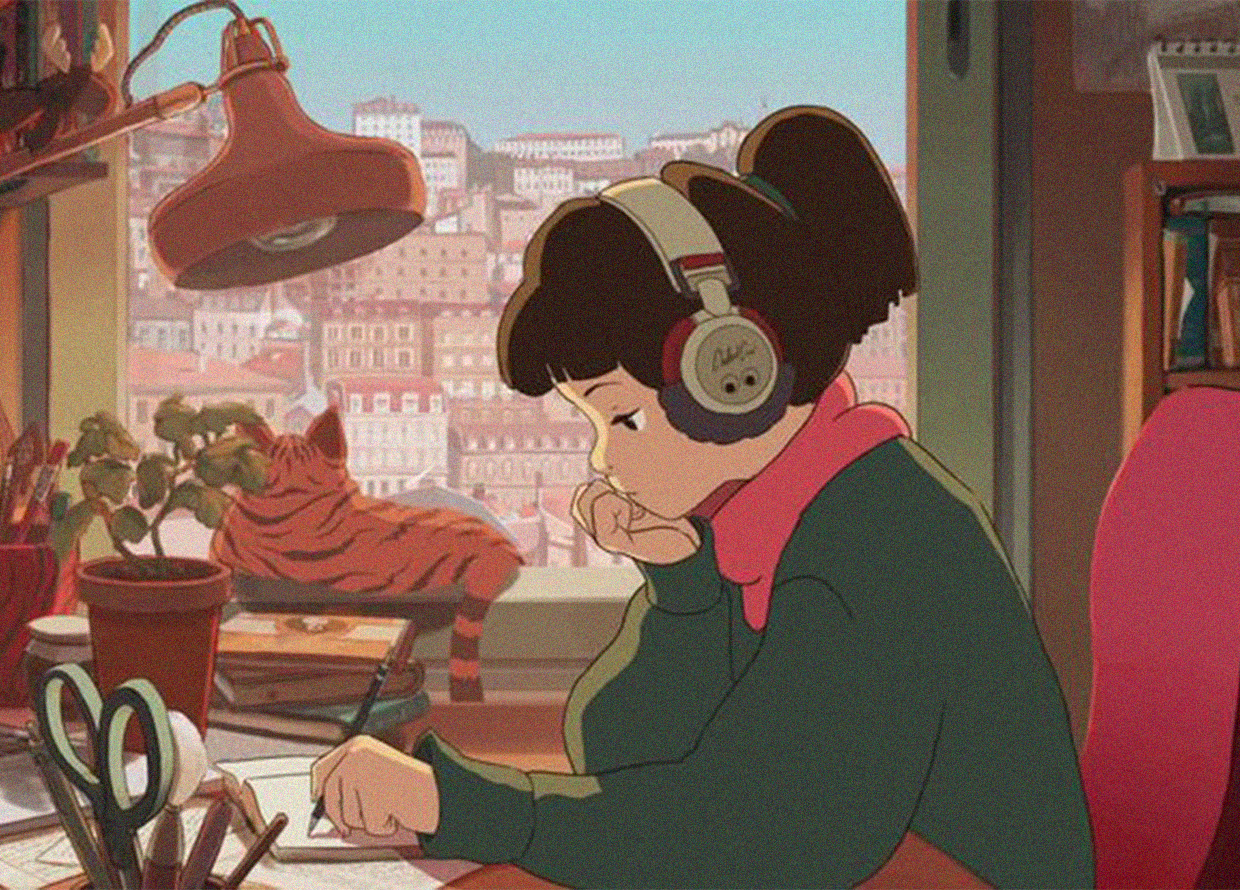
We’re going to go out on a limb to say that you’ve already seen (and heard) those Lofi playlists with the infamous “Study Girl”. As the resident Lofi poster girl, she was probably your companion at one point as you pulled an all-nighter for a test or worked through a project, all the while writing in her own never-ending journal in a quaint Miyazaki-like bedroom.
Lofi music is incredibly consistent and distinct: downtempo beats with the occasional tape hiss or vinyl scratch followed by interjections of vocal samples from vintage anime, self-help tapes, movie quotes and the like.
This proliferation of music marks another paradigm shift in Internet radio. But would it surprise you to know that this seemingly millennial breed of music actually had its roots in rock in the 1980s?
Ahead, we explore the origins of Lofi, its aesthetic and how it became an internet phenomenon. Grab your headphones and let’s get chillin’.
What does Lofi actually mean?
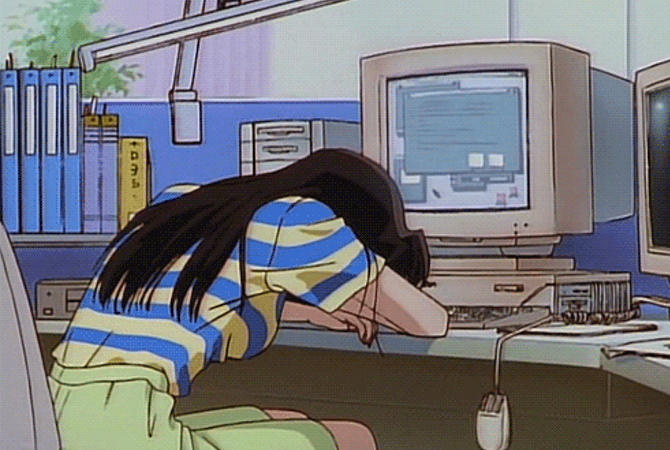
While it’s difficult to pinpoint exactly who coined the term, it’s largely accepted that DJ William Berger popularised it in 1986 from his half-hour radio show of the same name. Lofi stands for “low fidelity” which is the opposite of “high fidelity”, and refers to the sound and production quality of a musical piece.
Music that was typically categorised as “low fidelity” would be considered of lesser quality and substandard in a professional context. All of the elements that make Lofi popular now (think environmental interferences, degraded audio playback, mismatched notes) had virtually no appreciation in the 1960s and were deemed undesirable by musical producers who viewed the genre as the equivalent of trailer park trash.
Lofi’s punk rock past
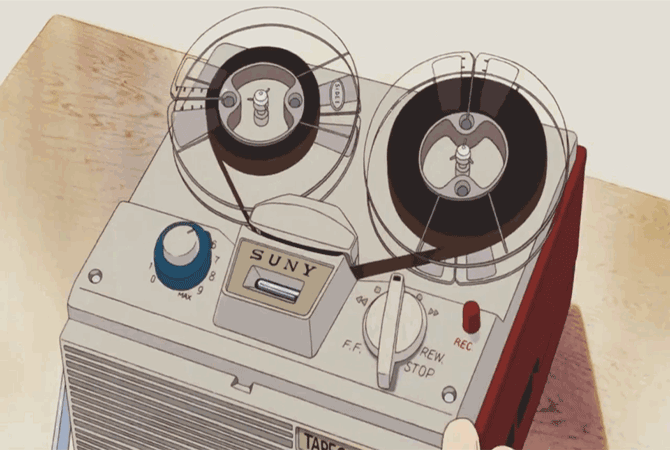
If you think current Lofi music already sounds niche, that’s because it actually kind of was back then—Lofi artists were outliers of an increasingly commercialised music scene. Often called “bedroom musicians”, they were a group of amateur beatmakers on shoestring budgets—but they were resourceful.
They used whatever was available (and cheap) around them rather than high-tech equipment that came with hefty price tags. Professional recording studios were passed off for eight-track tape recorders or Sony Walkmans in their makeshift garage or bedroom studio.
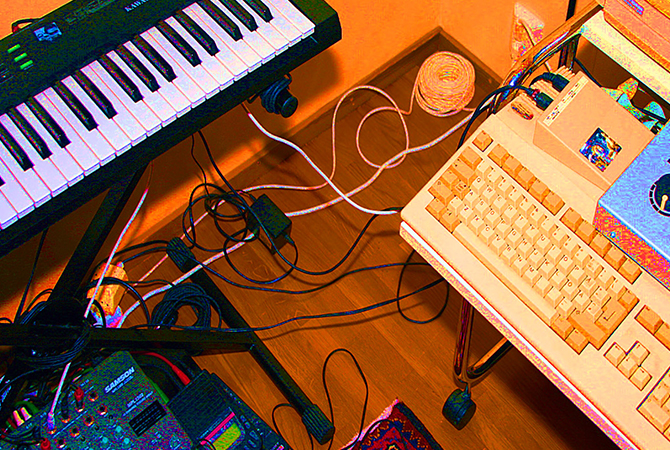
Of course, if a song was recorded in a kitchen, you could certainly hear it—those tiled walls are no replacements for the foam soundproof walls of a professional studio. But therein also laid the charm of Lofi, with its authentic bedroom sound and rustic feel. And so, the sonic limitations and unnatural distortions became the defining aesthetic of Lofi music in the late 1900s.
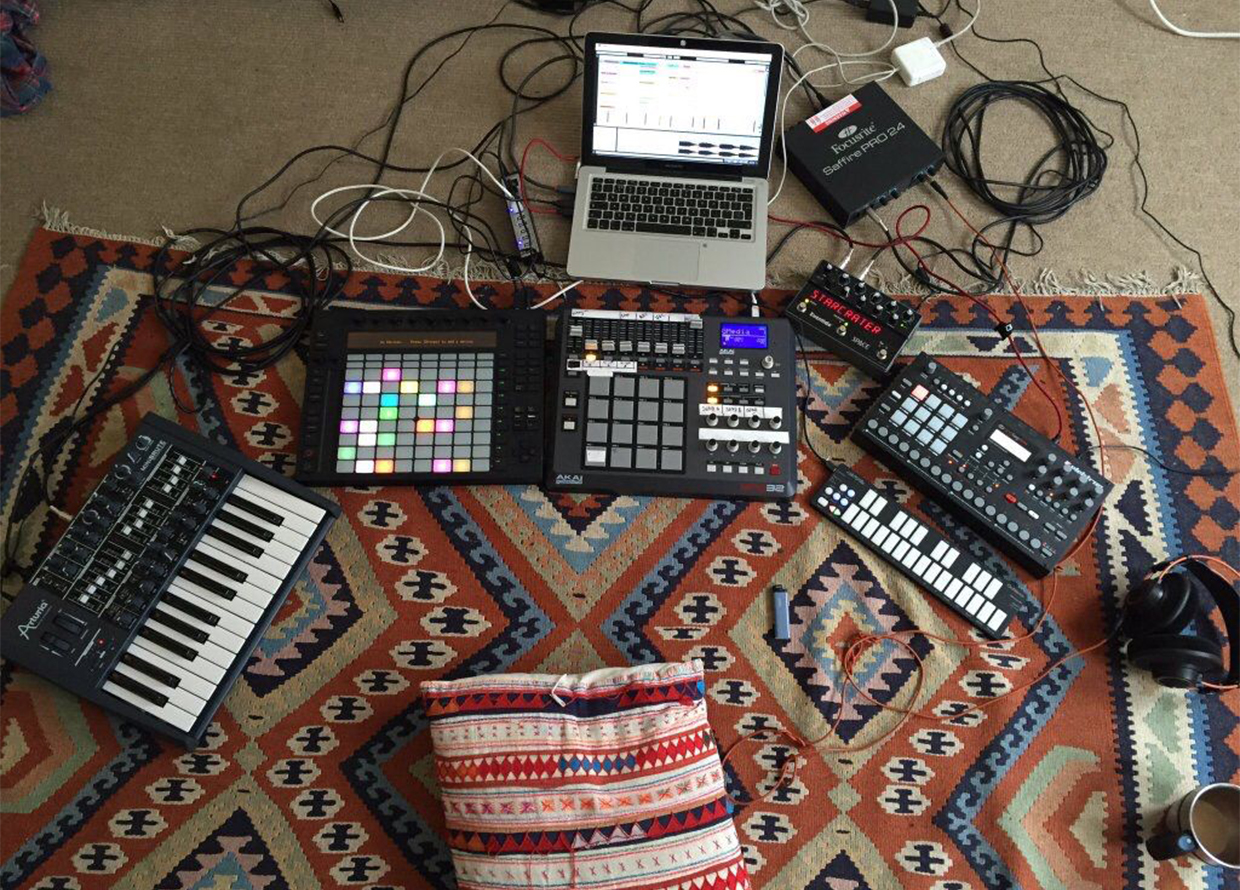
This aversion to state-of-the-art recording techniques played perfectly into the counterculture of rock-and-roll (because Big Music is so fascist, right?). Soon enough, underground punk rock musicians—who already dabbled into the cacophonic experimentation of punk and noise—further expanded the Lofi sound with their garage rock aesthetic.
Thus, it wasn’t until the 1980s and 90s that Lofi music had a resurgence and newfound appreciation with a little help from punk rockers.
Bands such as Sebadoh, Beat Happening and Beck were known as the purveyors of the Lofi rock agenda, normalising the idea of “DIY music”, another term that was used interchangeably with Lofi music at the time.
A great example is Beck’s Loser which reached the Billboard Top 10 and cost him next to nothing to piece the song together. He told the New York Times, “Record budgets are out of hand; they give people like $300,000 to make a record. This is sick. Mine cost nothing.”
So how did Lofi music turn into a genre full of downtrodden beats and soft anime colours, you ask?
Lofi’s modern revamp
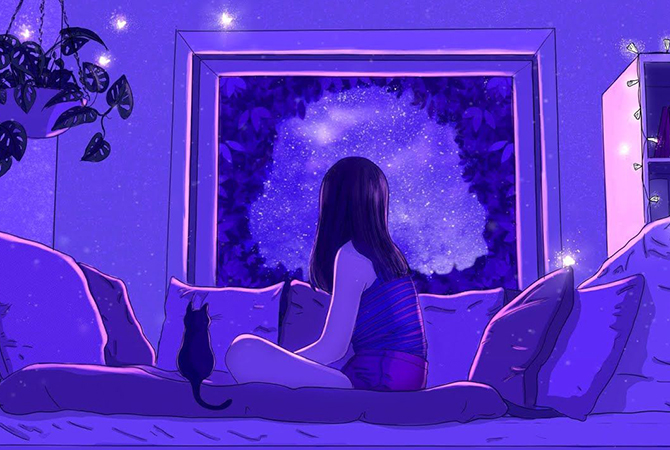
Enter the mid-2000s Lofi renaissance. The variation really took off when Japanese music producer Nujabes, often touted as the father of Lofi, redefined the sound for the popular anime, Samurai Champloo in 2004.
Here, the typical elements of Lofi remained but the scratchy punk rock sound was replaced with slower tempo varieties that mixed in influences from house, jazz and hip-hop in an “elevator-music-but-better” makeover. When Samurai Champloo and Cowboy Bebop started airing in America through Toonami, the Lofi genre became inextricably bound to the anime aesthetic and the nostalgia attached to it.
Nujabes’s Lofi makeover has an immediate effect when one listens to it. The calming beats paired with relaxing and atmospheric anime visuals almost put listeners into a euphoric daze; an escape into happier and simpler times where the stresses of life simply melt away—which is why Lofi remains a popular choice for people in high-stress work environments and those practising the art of slow living.
Thus, this new “chillwave” uses nostalgia as a powerful aesthetic, invoking a sense of melancholy and bittersweetness that can have you daydreaming for hours on end.
Nujabes unfortunately met a tragic car accident in 2010 but his impact and contributions to Lofi music are far-reaching, with many newer lo-fi artists citing him as their inspiration.
Here are some Lofi artists you can check out now for your next chill sesh:
So there you have it. Turns out, the fuzzy no-frills genre actually has a rich (and pretty revolutionary) history that goes beyond typical lounge music. As early as the 1960s, Lofi gave backyard musicians and garage bands a medium to spread their tunes.
Fast forward to the 2000s, Nujabes is largely credited for the Lofi aesthetic we now know and love—and like the infinitely looped playlists, his legacy will live on eternally within the community, inspiring other imperfect and fragmented works out there.
For more music-related reads, head here.
| SHARE THE STORY | |
| Explore More |



